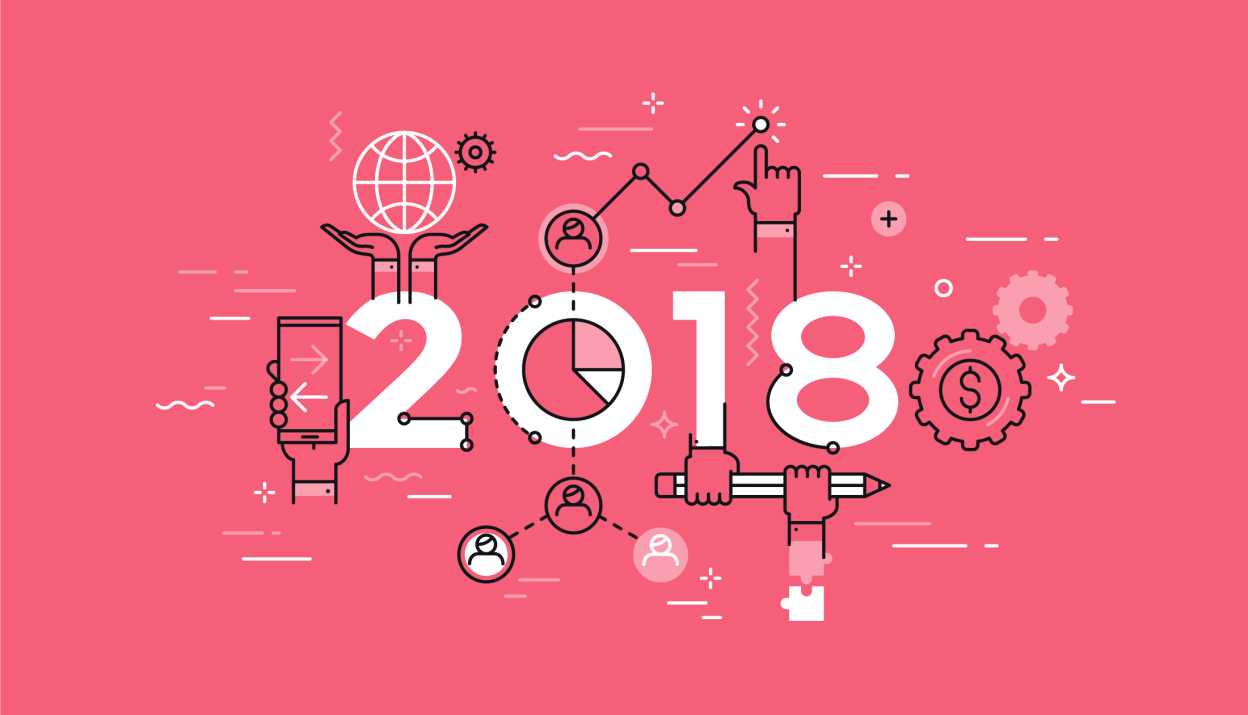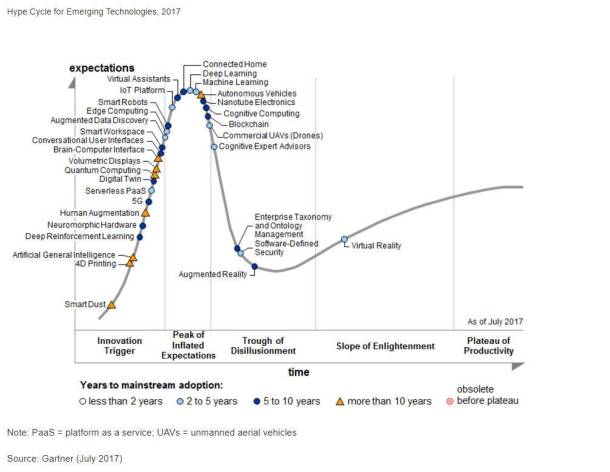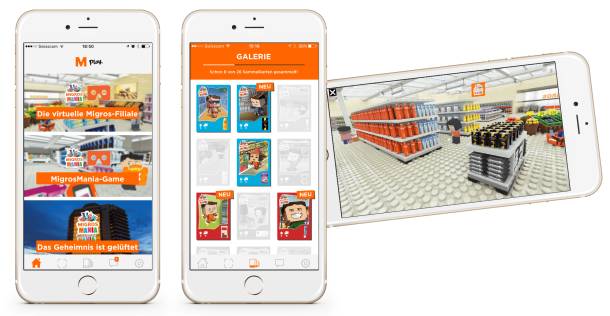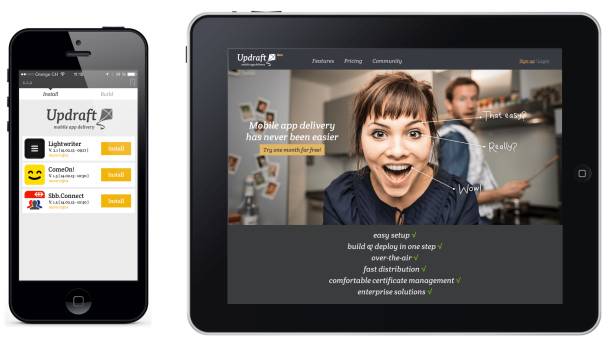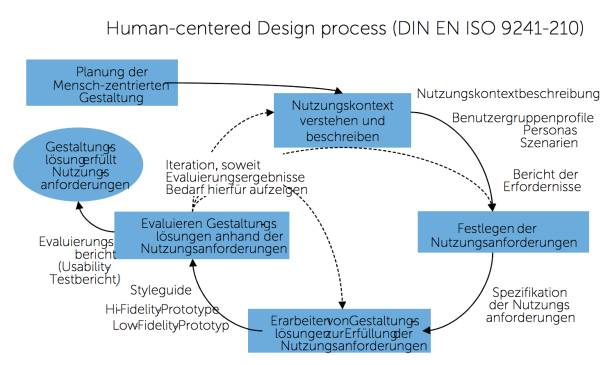This trend, which already started in 2017, will continue at least until 2019. MAPM is about getting the most out of apps throughout their lifecycle and looking at them holistically. Gone are the days when it was enough to develop an app, put it in the app store, and watch how the app was used. In the past, the technical performance of apps was often separated from their economic success. For too long, developers "only" cared about clean and stable code, designers only cared about a nice interface, and marketers were responsible for the distribution, use, and economic benefit of the app. The app market has grown, app users' expectations are much higher today, and tolerance for "imperfect" apps is much lower than a few years ago. A somewhat faulty app with a poor design, long response times, and crashes has no chance these days. In addition to technical perfection, smartness is required in the form of contextualisation, individualisation, interactions, big data analytics, mobile CRM, and genuine user engagement. You only have a chance for long-term success in today's highly competitive mobile app market if you use innovative monetisation strategies, clever Win-Win-Win app referral programmes, and app indexing and deep linking for increased visibility, traffic, conversion, and loyalty. In order to be able to offer app users the right experience at the right time and keep them as committed users in the long run, it is imperative to manage the entire life cycle of the app. Developer tools and platforms that offer comprehensive lifecycle management and MAPM services will grow strongly over the next few years.

